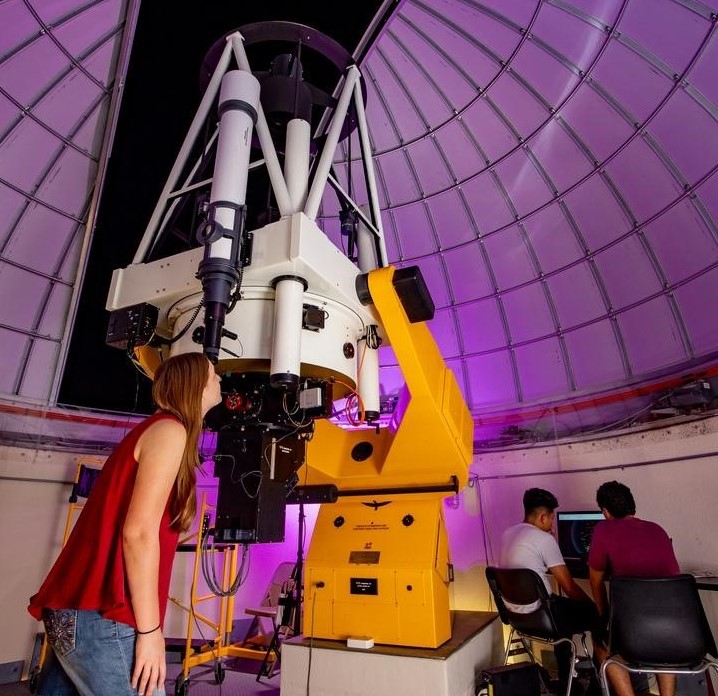Document Type
Article
Publication Title
The Astronomical Journal
Abstract
We report on a study to determine the efficiency of the Large Synoptic Survey Telescope (LSST) to recover the periods, brightnesses, and shapes of RR Lyrae stars’ light curves in the volume extending to heliocentric distances of 1.5 Mpc. We place the smoothed light curves of 30 type ab and 10 type c RR Lyrae stars in 1007 fields across the sky, each of which represents a different realization of the LSST sampling cadences, and that sample five particular observing modes. A light curve simulation tool was used to sample the idealized RR Lyrae stars’ light curves, returning each as it would have been observed by LSST, including realistic photometric scatter, limiting magnitudes, and telescope downtime. We report here the period, brightness, and light curve shape recovery as a function of apparent magnitude and for survey lengths varying from 1 to 10 years. We find that 10 years of LSST data are sufficient to recover the pulsation periods with a fractional precision of ∼10−5 for 90% of ab stars within ≈360 kpc of the Sun in Universal Cadence fields and out to ≈760 kpc for Deep Drilling fields. The 50% completeness level extends to ≈600 kpc and ≈1.0 Mpc for the same fields, respectively. For virtually all stars that had their periods recovered, their light curve shape parameter φ31 was recovered with sufficient precision to also recover photometric metallicities to within 0.14 dex (the systematic error in the photometric relations). With RR Lyrae stars’ periods and metallicities well measured to these distances, LSST will be able to search for halo streams and dwarf satellite galaxies over half of the Local Group, informing galaxy formation models and providing essential data for mapping the Galactic potential. This study also informs the LSST science operations plan for optimizing observing strategies to achieve particular science goals. We additionally present a new [Fe/H]–φ31 photometric relation in the r band and a new and generally useful metric for defining period recovery for time domain surveys.
DOI
10.1088/0004-6256/144/1/9
Publication Date
7-2012
Recommended Citation
Oluseyi, Hakeem M.; Culliton, Christopher; Furqan, Muhammad; Hoadley, Keri L.; Regencia, Paul; and Wells, Akeem J., "Simulated LSST Survey Of RR Lyrae Stars Throughout The Local Group" (2012). Aerospace, Physics, and Space Science Faculty Publications. 241.
https://repository.fit.edu/apss_faculty/241


